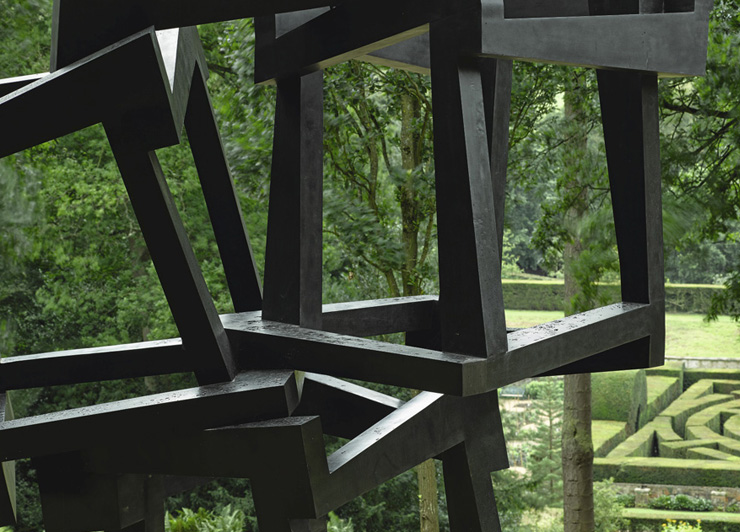
Posted: November 9th, 2016 -
Category: Interviews, News
Exclusive discussion with sculptor Jedd Novatt
We are very pleased to bring you the first in a series of exclusive discussions with acclaimed American sculptor Jedd Novatt. The idea is to publish the transcripts of these conversations and avoid a formal Q&A style to get incredible insights into Mr. Novatt’s work, ideas and perspectives on a vast range of topics. With so many places to begin, we jump right into the concept of sculpture or object. As you will read, we touch on many tangential ideas that lead to others and will surely be examined further as the discussion continues.
AAO: In recent contemporary openings and fairs around the world, it’s impossible not to notice a marked increase in the pop-kitsch aesthetic of objects recycled as sculptures. This is not a criticism of the pop-kitsch genre or even the idea of ready-mades, which I like when done well. But when I look at your work, as well as Chillida, Lygia Clark, Oteiza and Serra, I see distinct “sculpture” which is different than the “sculptural” work of others. What’s the difference?
JN: Historically, we have evaluated art by an evolving criteria. This evolution of criteria and dialogue around aesthetic principles keeps the process of art making alive. What I see today is a lack of any rigorous dialogue or application of criteria: the making of art has become a free-for-all. Anything and everything can be considered art – as a result, blurring the line between object and sculpture.

The explosion of the global art market has contributed to this phenomenon. The market must be fed and supported. But how much good work ever exists? If you are able to label anything as art, especially works where the idea of art has been high-jacked to make what I would call “artificial” art, then the market always has enough of “something” to feed demand, further blurring the line between object and sculpture.
AAO: That’s why I think it’s important to approach a work and determine if it’s an object/sculptural vs. sculpture and think about them differently.
JN: The problem of differentiation often arises when two artists or works are not held to the same criteria. Take for example the influence of primitivism or early African works that relate strongly to Cycladic works and all the way to contemporary non-representational ideas – we see a long and thorough element of change and development being explored formally. Joseph Beuys, Claes Oldenburg and Christo have all questioned sculpture and done it very successfully by taking objects or ideas and exploring them in a different direction. In the end (when successful), no matter the approach, sculpture transcends the object. That is my critical way to evaluate sculpture vs. object.
AAO: That’s a good point, you know immediately when an artist has transcended the object into art – and I’ve seen many “sculptural” works lately that lack substance or leave me with nothing to say.
JN: I was recently in New York and I unexpectedly came upon a pop-up show of Chillida. I was once again struck with just how good his work is, and more importantly, what sculpture can be… As artists frequently express; it’s hard to put into words. I don’t go through a formal process to determine what’s good or bad. The work communicates immediately something more.
AAO: You’re right, when I’m looking at truly great work, all the formal criteria and differentiation I mentioned before goes out the window.

JN: If you can take any object and call it sculpture then no limits exist as to what can be produced. A sculptor can blow up in size any object until it has a presence – a strong visual and emotional experience, and it will provoke a response/reaction. But once you do that, and it takes on the role of a “super object”, it is not necessarily sculpture anymore, rather a large oversized object that is stronger than it is good. Just because an object elicits a reaction, doesn’t make it art. That’s not enough. Take this microscopic image of pollen for example. The forms and composition are interesting and visually strong. However, I don’t think fabricating this type of image in steel or other materials will necessarily be sufficient to arrive at being sculpture.
AAO: Yes. I think one can and should dissect the differences, and identify works that are just oversized or simplified objects, but we should also be challenging ourselves and other artists to move the thought forward and really think about, as you say; what sculpture can be…
Eric Ulrich for ArtAndOnly
Image © : Jedd Novatt
ArtAndOnly is proud to have a number of incredible works by Jedd Novatt available for sale right now. Add Jedd Novatt to your collection today.




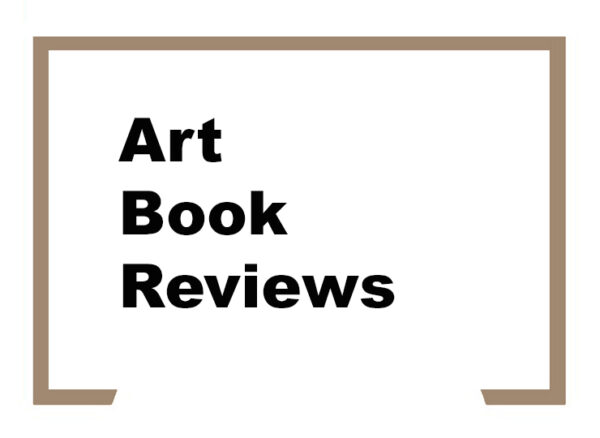
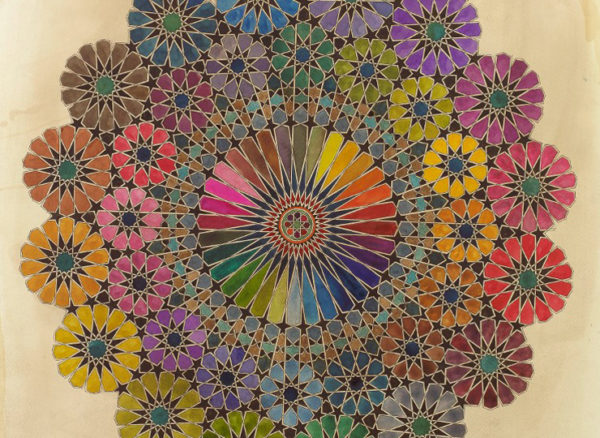
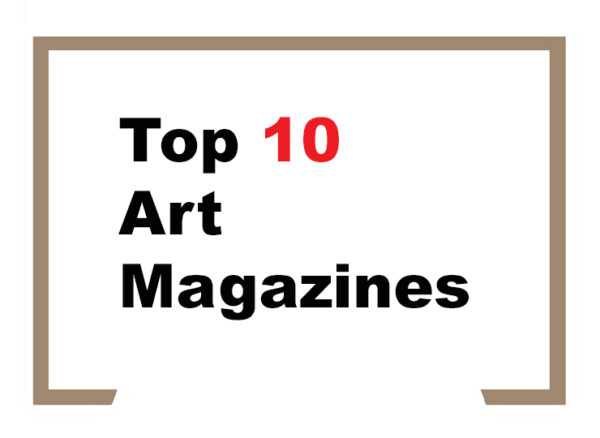
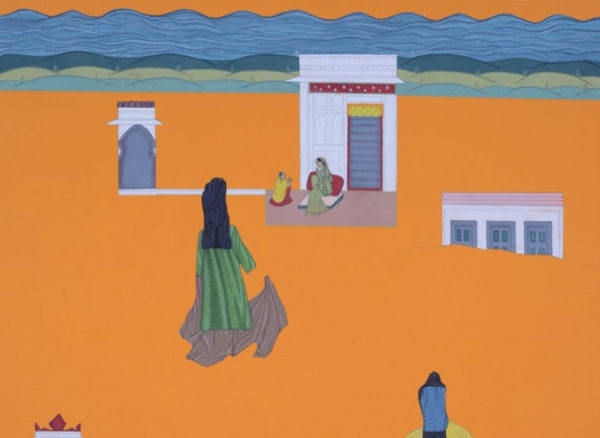
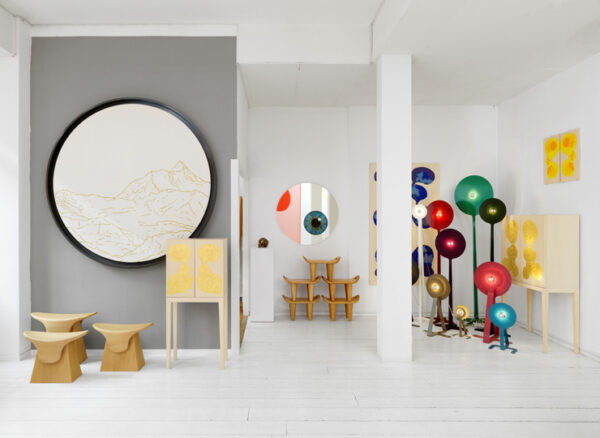

Comments